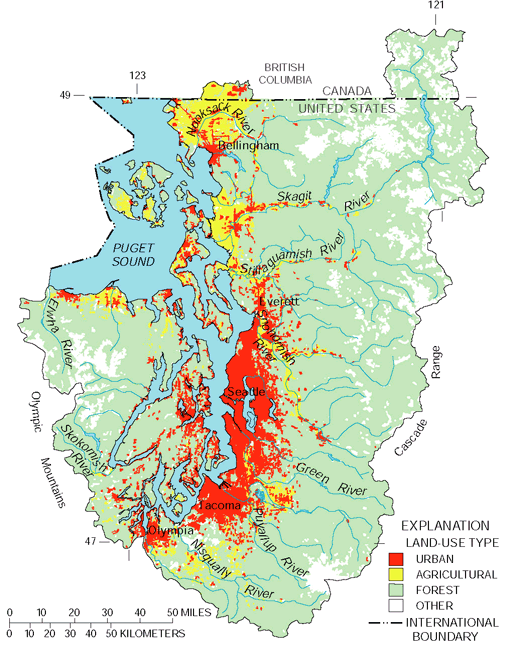Out of all the seven regions of Washington, I would choose the Western Lowlands. I want to live here because the climate is nice, it is not too hot or too cold, 41- 45 degrees Fahrenheit in the winter and 73-78 degrees Fahrenheit. The average snowfall is 10- 20 inches per year.
The Western Lowlands provide good employment. In the Puget Sound area, there are two peninsulas which have several ports that import and export goods in and out of the country. In Seattle, there is the company Microsoft and other big corporations like Boeing aircraft company that hires a lot of people, both professional, like the engineers and civilian workers.
All around the western Lowlands because of the weather, farming is really popular. I would not mind being a farmer. There are a lot of different crops there that I can grow, like peas, carrots, cauliflower, broccoli, mint, artichokes, blueberries, blackberries, and raspberries. The growing season is from April to the middle of October. In the Skagit valley farmers can grow potatoes, flowers like tulips, vegetables and make dairy products.
In the Western Lowlands there are a lot of forests which provides jobs for loggers. That could be another job opportunity. The Western Lowlands not only has good job opportunities, it is also a very beautiful place to live. There is the beautiful Cascade Mountains, Skagit River Valley, and Seattle. That's why I would choose to live in the Western Lowlands.






